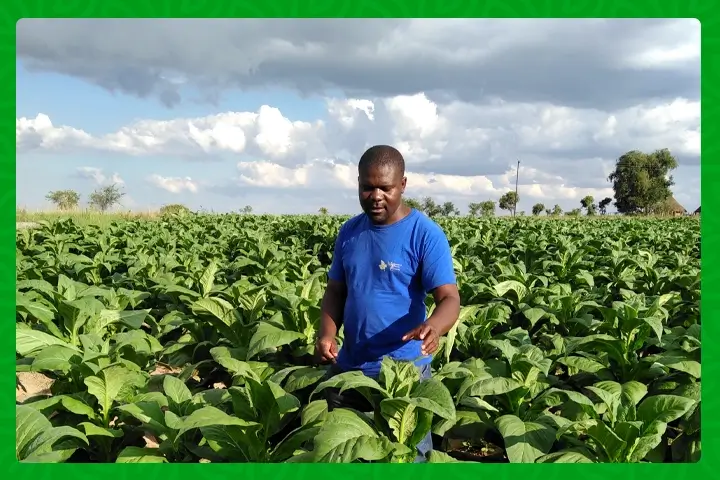
The Crucial 5% Allocated to Agriculture in the 2024 Budget
In the intricate dance of economic planning, the agricultural sector of Zimbabwe braces itself for a pivotal moment in the upcoming 2024 national budget. Despite being a linchpin of the nation’s economic engine, the sector is set to receive only 5% of its ambitious ZWL$54.9 trillion bid. In a landscape marked by fiscal challenges, this allocation falls drastically short, presenting a critical juncture for a sector that contributes 10 to 15% to the country’s Gross Domestic Product (GDP).
Budget Proposals and the Financial Dilemma
The Lands, Agriculture, Water, Fisheries, and Rural Development ministry boldly presented its aspirations with a budget request of ZWL$54.9 trillion. However, the harsh reality surfaced when Treasury signaled its ability to allocate only ZWL$2.8 trillion, leaving a staggering ZWL$52.1 trillion gap. This underfunding dilemma unfolds against the backdrop of an El Nino-induced drought, further complicating the economic outlook.
Committee Concerns: A Plea for Adequate Funding
Expressing deep concern, Parliament’s Lands, Agriculture, Water, Fisheries, and Rural Development Committee emphasized the dire consequences of underfunding in a presentation to Treasury. “Agriculture is the mainstay of Zimbabwe, and to fully realize the potential of the ministry, there is a need for adequate financial resources to allow the ministry to deliver on its mandate,” the committee declared.
Economic Ramifications: A Chain Reaction in the Agriculture Sector
The committee underscored the ripple effect of inadequate funding on key economic drivers, including tobacco, maize, timber, sugar, and cotton. Notably, tobacco and cotton reign as the largest foreign currency earners, constituting 40% of export earnings. With the sector contributing 23 types of food and cash crops, and employing 70% of the rural population, the stakes are high. A failure to provide adequate allocation could reverberate through the economy, affecting both production and livelihoods.
The Zimdollar’s Devaluation: A Complicating Factor
Amidst the funding woes, the Zimdollar has depreciated by over 700% this year, intensifying the financial strain on the agricultural landscape. The Lands ministry’s 2023 budget saw a significant revision, emphasizing increased expenditure on critical projects like the Presidential Input Programme. However, the upward trajectory in employment costs presents a challenge, underscoring the need for a balanced and sustainable budget.
A Call for Symbiotic Growth
As the agricultural sector navigates the financial landscape, the 5% allocation becomes a lifeline in an environment grappling with challenges. The plea for more budgetary support echoes not just in committee discussions but in the fields where crops grow and livelihoods flourish. In the vast expanse of Zimbabwe’s 33.3 million hectares of agricultural land, the call is clear – adequate funding is not just a necessity; it is the key to unlocking the true potential of a sector that sustains the very heart of the nation.
The original article written By Tatira Zwinoira
Stay updated with the latest farming tips and agriculture industry news from Africa by subscribing to our newsletter. Don’t miss out on valuable insights and updates. Follow us on Twitter, LinkedIn, and Facebook to join our farming community and stay connected with us.



















